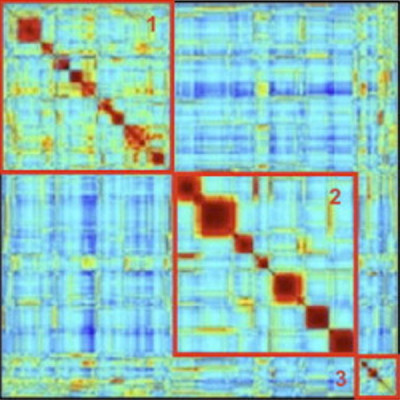Abstract
The molecular mechanisms that maintain human pluripotent stem (PS) cells are not completely understood. Here we sought to identify new candidate PS cell regulators to facilitate future improvements in their generation, expansion, and differentiation.
We used bioinformatic analyses of multiple serial-analysis-of-gene-expression libraries (generated from human PS cells and their differentiated derivatives), together with small interfering RNA (siRNA) screening to identify candidate pluripotency regulators. Validation of candidate regulators involved promoter analyses, Affymetrix profiling, real-time PCR, and immunoprecipitation.
Promoter analysis of genes differentially expressed across multiple serial-analysis-of-gene-expression libraries identified E2F motifs in the promoters of many PS cell-specific genes (e.g., POU5F1, NANOG, SOX2, FOXD3). siRNA analyses identified two retinoblastoma binding proteins (RBBP4, RBBP9) as required for maintenance of multiple human PS cell types. Both RBBPs were bound to RB in human PS cells, and E2F motifs were present in the promoters of genes whose expression was altered by decreasing RBBP4 and RBBP9 expression. Affymetrix and real-time PCR studies of siRNA-treated human PS cells showed that reduced RBBP4 or RBBP9 expression concomitantly decreased expression of POU5F1, NANOG, SOX2, and/or FOXD3 plus certain cell cycle genes (e.g., CCNA2, CCNB1), while increasing expression of genes involved in organogenesis (particularly neurogenesis).
These results reveal new candidate positive regulators of human PS cells, providing evidence of their ability to regulate expression of pluripotency, cell cycle, and differentiation genes in human PS cells. These data provide valuable new leads for further elucidating mechanisms of human pluripotency.
